What is an umbilical hernia?

An umbilical hernia is an opening of the muscles around the tummy button, or what I like to call the 'Miracle Button.' Before birth this opening generally closes but when this doesn’t happen, or the knitting together of the muscle is not strong, the organs can slip through the gap causing a mound. Newborns that are consistently crying for long periods, or feel bloated from overfeeding and not enough winding are more likely to experience hernias – I see a lot of them in my practice.
Symptoms
Not all hernias are obvious to the eye – you may only see the hernia when your baby is full after a feed, they cry, cough, or push to have a bowel motion. Generally the hernia at this stage can be helped at home by you – keep reading to see how.
Then there’s the strangulated hernia. This occurs when a part of your baby’s bowel gets trapped, or squeezed into the opening and becomes stuck. Unlike the above, this is an emergency – you should take your baby to your doctor straight away if:
- the hernia becomes hard and doesn’t go soft or disappear when your baby stops crying
- it obviously pains your baby when you touch it
- your baby starts to vomit or is generally unwell
Treatment for a hernia that rises and falls
You can help your baby’s internal wall knit together by placing a button that is bigger than the hernia and has a rounded edge, on the belly button by criss-crossing tape over it. By doing this your baby’s organs can no longer push through the opening. The best tape to use for your baby’s skin is Micropore Tape.
Treatment for a strangulated hernia
This is a very common operation where a surgeon will push the internal organs back into place and then stich the muscles closed while your child is under a general anaesthetic. Some newborns will then remain overnight for observation and they will be given pain relief to help them through recovery.


